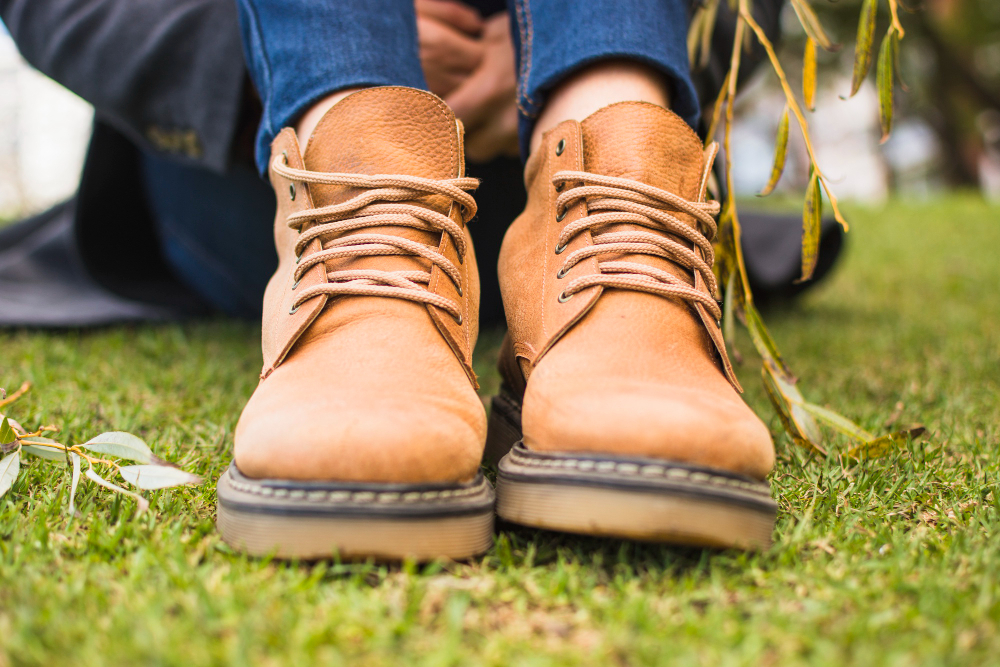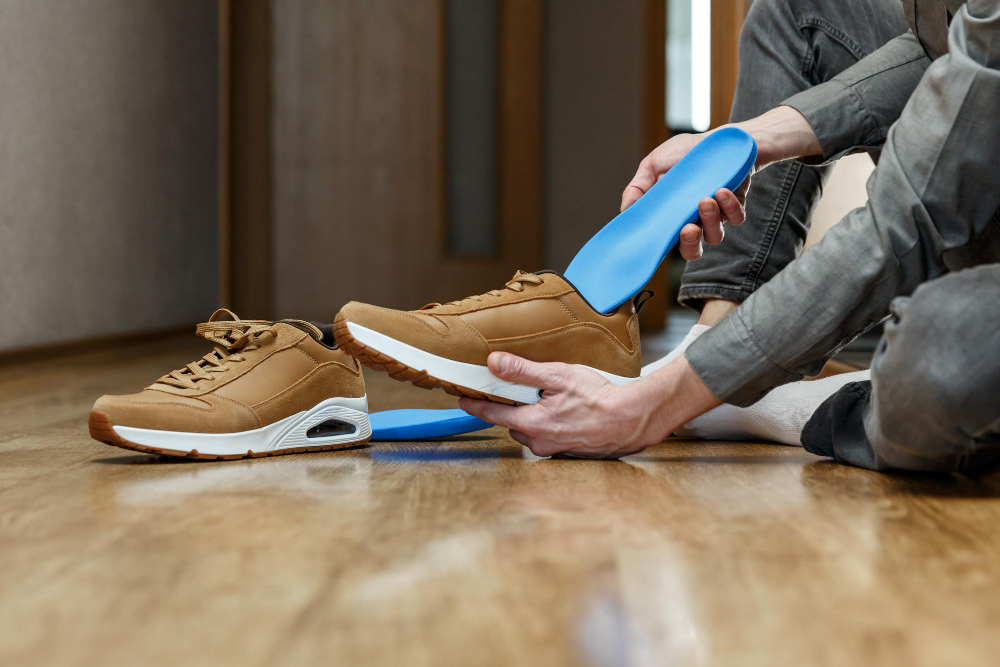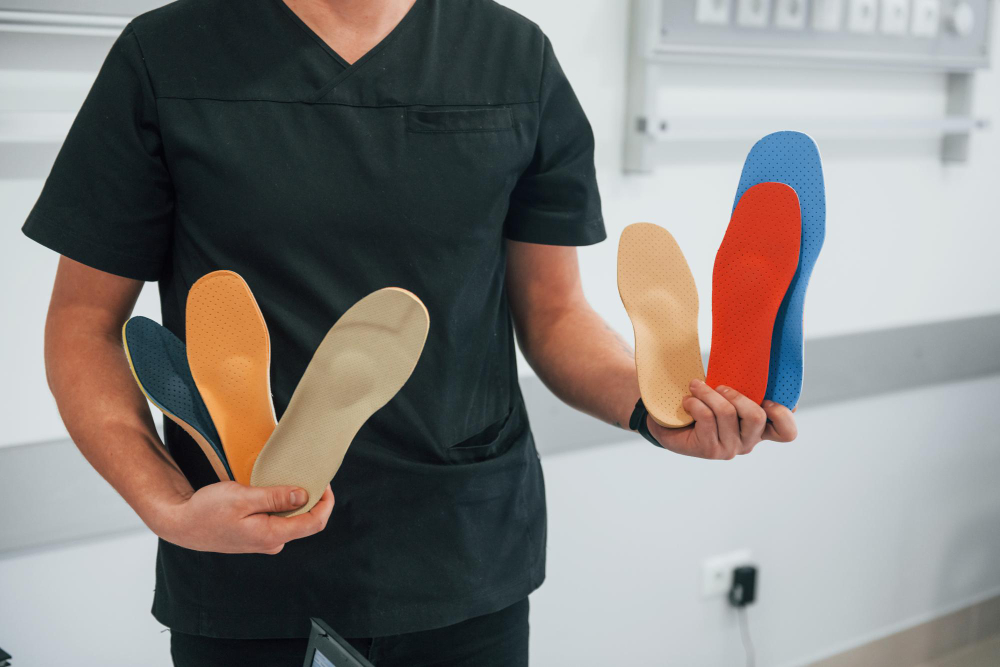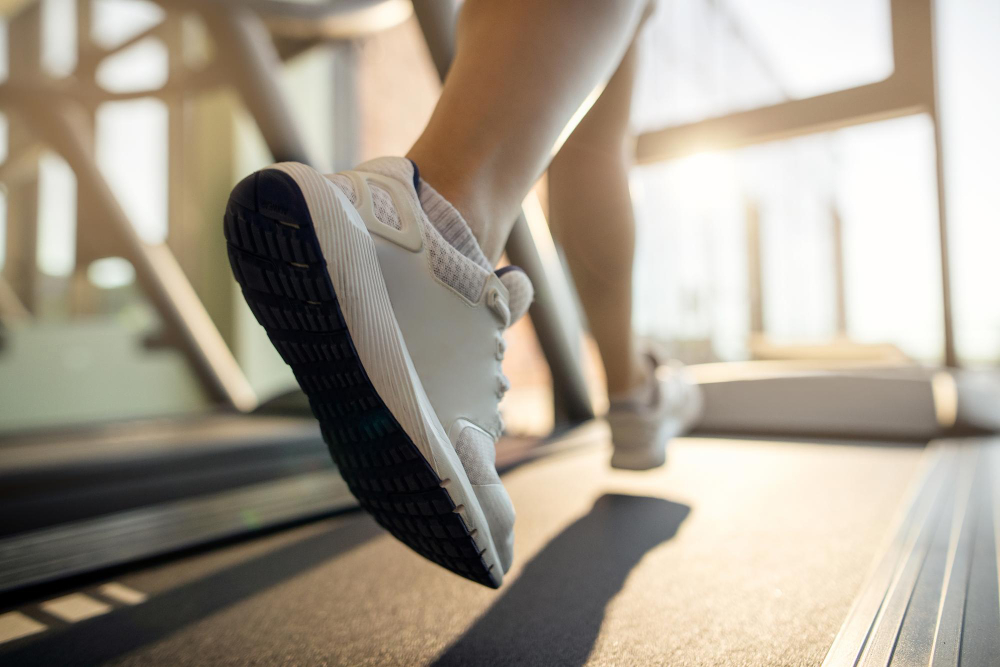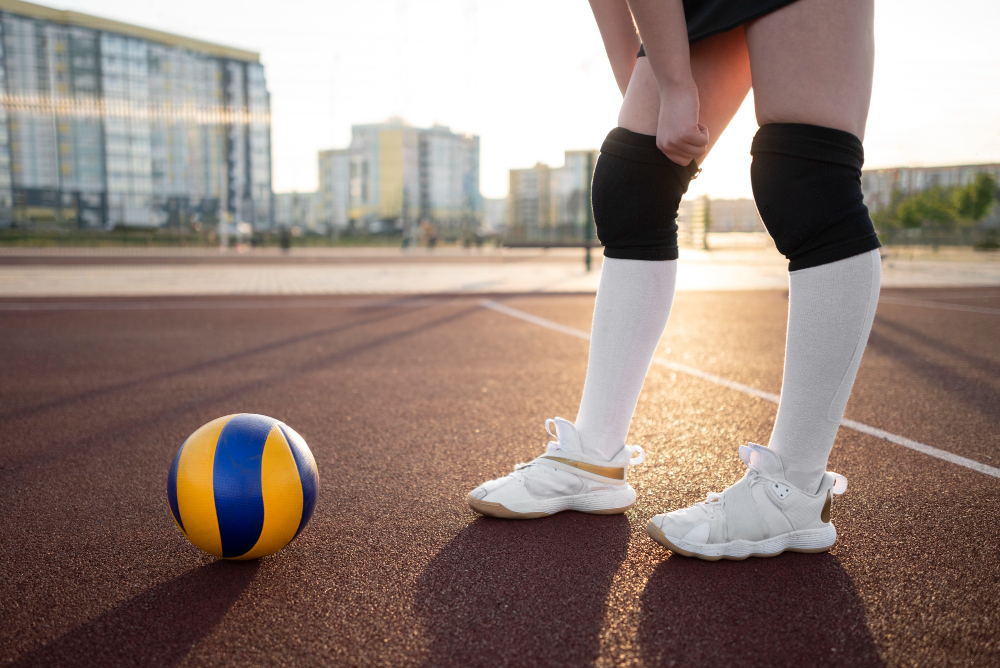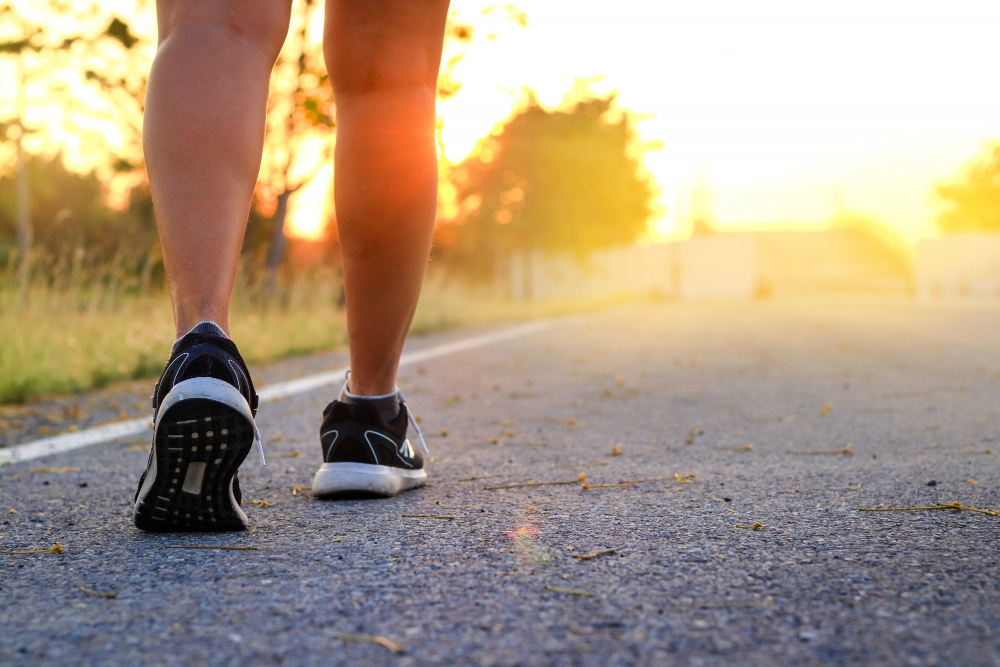Achilles tendinitis and foot orthotics
The Achilles tendon is the largest tendon in the body. It looks like a cord and is located at the back of the ankle joints. The tendon attaches the gastrocnemius and soleus calf muscles to the back of the heel bone. The muscle mass of these two calf muscles is greater than all of the other muscles of the lower leg combined, and the muscles are used to help balance the body, push the body forward during walking, spring the body forward and upward when jumping or running. The tendon is vulnerable to injury due to its limited blood supply.
Achilles tendonitis tends to occur in active people and particularly in older athletes due to a loss of tendon flexibility and strength. Common types of injury to the Achilles tendon include paratenonitis, tendinosis, and complete or partial rupture. Pain typically occurs at the back of the ankle when walking or running, particularly with increases in intensity or frequency. The pain from Achilles tendonitis can often be so severe that running becomes impossible. The most common causes of the condition are overpronation and inflexibility. The tendon may become thickened, and swelling may also occur. Occasionally the tendon may have a painful bump. Chronic irritation of the tendon can lead to small tears and a build-up of scar tissue.
The condition typically responds well to early and conservative treatment. Icing and non-steroidal anti-inflammatory drugs (NSAIDs) are used to reduce inflammation, and stretching exercises may also help to loosen tight calf muscles. Orthotics are used to lift the heel and reduce pressure on the tendon.

